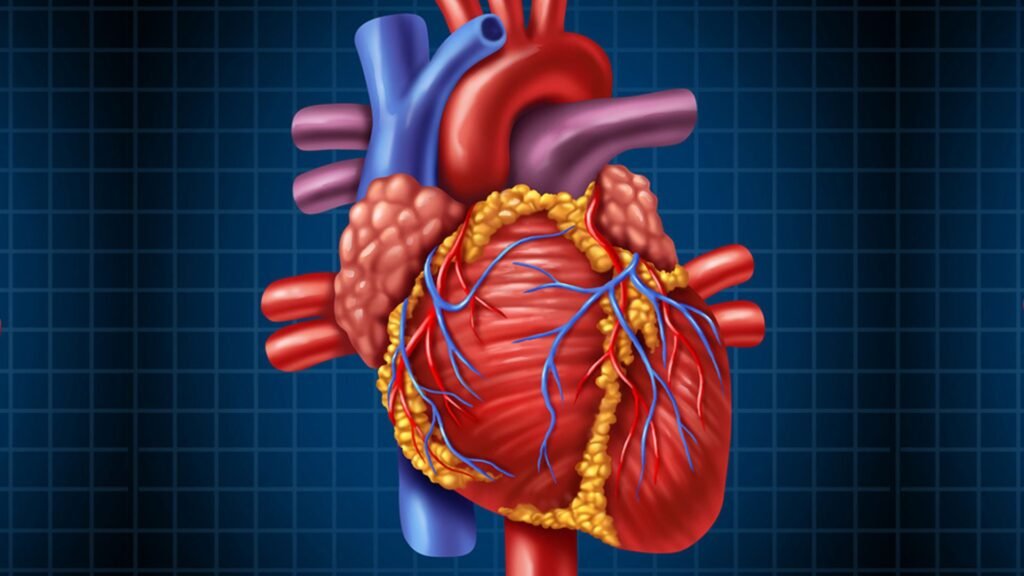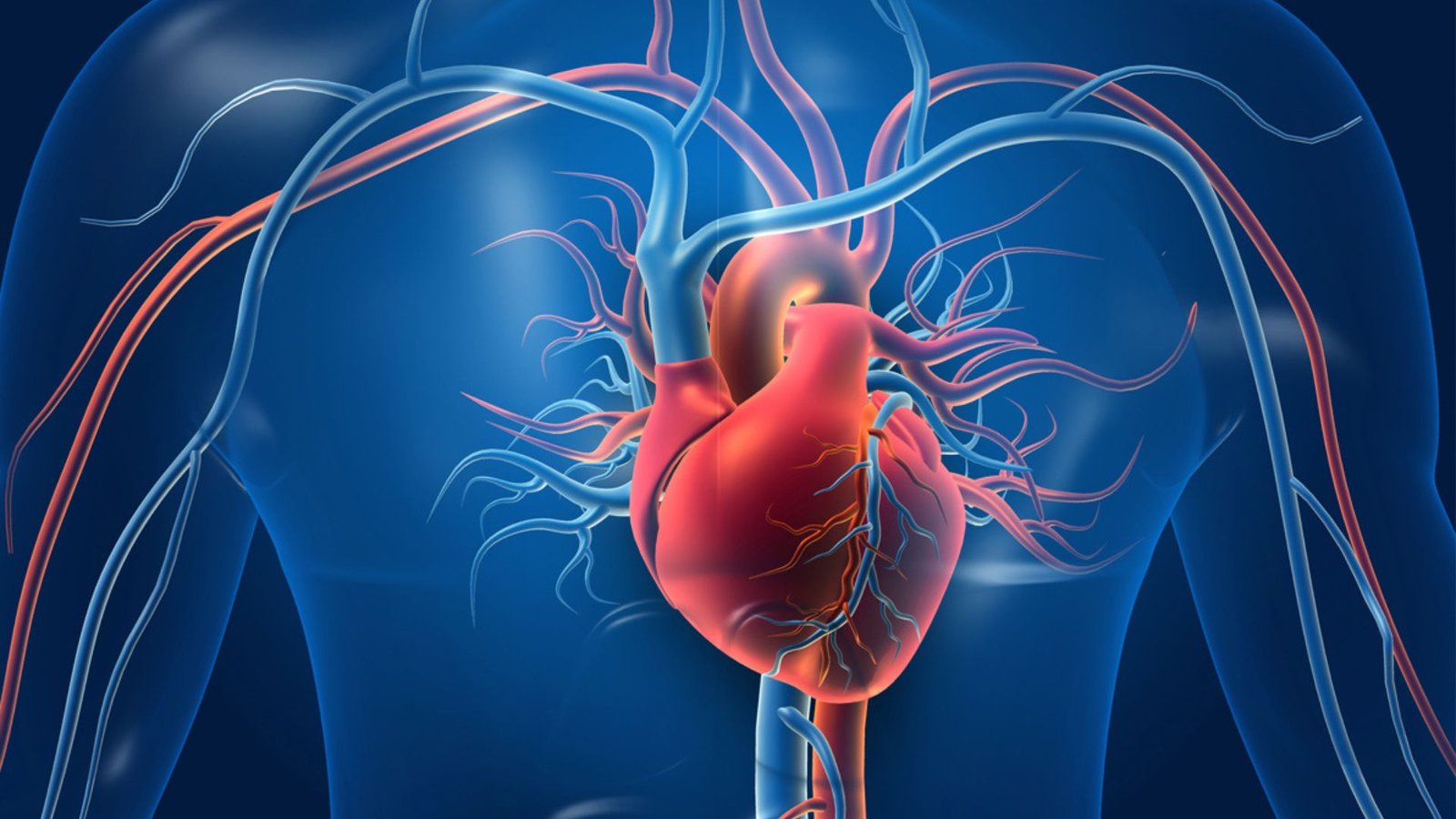Understanding the Different Types of Heart Disease
- By -Timothy
- Posted on
- Posted in Heart Disease
Heart disease is a leading cause of death worldwide, affecting millions of people each year. Understanding the different types of heart disease is crucial for prevention, early detection, and effective treatment. Heart disease encompasses a range of conditions that affect the heart’s structure and function, each with its own causes, symptoms, and treatment options. By gaining a deeper understanding of these conditions, individuals can take proactive steps to protect their heart health and reduce the risk of complications.

Coronary Artery Disease (CAD)
Coronary artery disease (CAD) is the most common form of heart disease and occurs when the arteries that supply blood to the heart become narrowed or blocked due to the buildup of plaque. This condition can lead to chest pain (angina), shortness of breath, and even heart attacks. CAD develops over time, often as a result of lifestyle factors such as poor diet, lack of exercise, smoking, and high cholesterol. Treatment typically involves lifestyle changes, medications, and in some cases, surgical procedures like angioplasty or coronary artery bypass grafting (CABG).
Heart Failure
Heart failure, also known as congestive heart failure, occurs when the heart is unable to pump blood effectively to meet the body’s needs. This can result from various underlying conditions, including CAD, high blood pressure, or previous heart attacks. Symptoms of heart failure include fatigue, swelling in the legs and ankles, shortness of breath, and rapid heartbeat. While heart failure is a chronic condition, it can be managed with medications, lifestyle modifications, and in some cases, devices like pacemakers or implantable defibrillators to help regulate heart function.
Arrhythmias
Arrhythmias refer to irregularities in the heart’s rhythm, which can cause the heart to beat too fast, too slow, or irregularly. Common types of arrhythmias include atrial fibrillation, bradycardia, and tachycardia. These conditions can lead to symptoms such as palpitations, dizziness, chest pain, and fainting. While some arrhythmias are harmless, others can increase the risk of stroke or sudden cardiac arrest. Treatment options vary depending on the type and severity of the arrhythmia and may include medications, lifestyle changes, or procedures like catheter ablation or the implantation of a pacemaker.
Valvular Heart Disease
Valvular heart disease involves damage or dysfunction of one or more of the heart’s valves, which control the flow of blood through the heart’s chambers. The most common valvular conditions include aortic stenosis, mitral regurgitation, and mitral valve prolapse. These conditions can lead to symptoms such as chest pain, fatigue, shortness of breath, and swelling in the lower extremities. Treatment may involve medications to manage symptoms or surgical procedures to repair or replace the affected valve.
Cardiomyopathy
Cardiomyopathy is a condition that affects the heart muscle, making it harder for the heart to pump blood. There are several types of cardiomyopathy, including dilated, hypertrophic, and restrictive cardiomyopathy. This condition can result from genetic factors, long-term high blood pressure, or other underlying conditions. Symptoms of cardiomyopathy can include shortness of breath, fatigue, and swelling in the legs. Treatment typically focuses on managing symptoms and preventing complications through medications, lifestyle changes, and in some cases, surgical interventions.
Honoring Cherished Memories
PreciousLegacy.com provides a platform to create lasting online memorials for loved ones. Share memories, light virtual candles, and connect with family and friends. For those with varied online interests, you can explore information about online casinos in australia.
Conclusion
Understanding the different types of heart disease is essential for recognizing symptoms, seeking early treatment, and adopting preventive measures. While heart disease can be life-threatening, many forms of it can be managed or prevented with the right approach. Regular check-ups, a heart-healthy diet, regular exercise, and avoiding smoking are key strategies for maintaining heart health. By staying informed about heart disease and its various forms, individuals can take control of their health and reduce their risk of serious complications.



